John Cassavetes Award Nominees on Making a Big Splash without Much Cash
On March 1, two days before the 2018 Film Independent Spirit Awards on March 3, Film Independent at LACMA curator Elvis Mitchell joined (and celebrated!) this year’s John Cassavetes award nominees.
The panel included The Transfiguration writer/director Michael O’Shea, Life and Nothing More writer/director Antonio Mendez Esparza, Dayveon co-writer/director Amman Abbasi and Ana Asensio, writer/director of Most Beautiful Island. (The fifth 2018 John Cassavetes award nominee, David Lowery’s A Ghost Story, did not have a representative in attendance.)
Per the award’s guidelines, each nominee accomplished the difficult feat of making a completed feature film within a budget of $500,000 or less. The nominees discussed how they managed to sustain their productions with scant resources and eventually bring their art to fruition. The conversation followed a screening of John Cassavetes’ 1963 drama A Child Is Waiting, which peers into the world of mentally ill children, starring an adult Judy Garland.
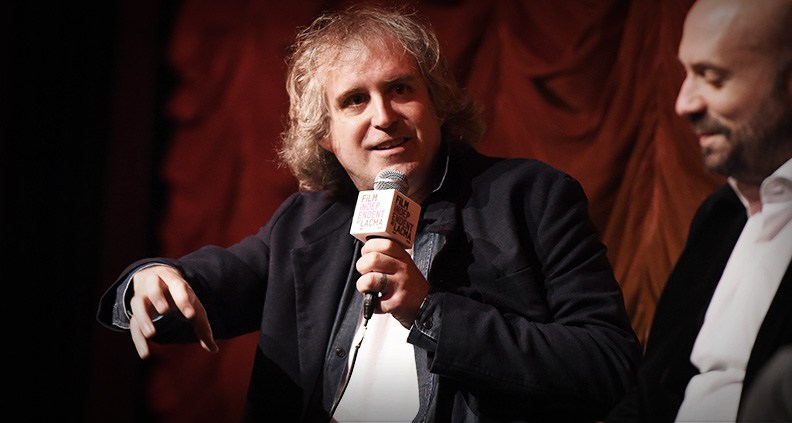
Asked to describe his film, The Transfiguration’s Michael O’Shea said, “It’s about a kid who believes he’s a vampire.” He described spotting his soon-to-be lead Eric Ruffin on The Good Wife. “I saw the face and said, ‘I think that works,’” adding, “We had a fake audition because we didn’t have any money yet.”
Mitchell pointed out the gamble of making a film that largely rests on the shoulders of a silent 14-year-old boy. O’Shea responded that he was inspired as a response to the 2006-2013 Showtime series Dexter, saying “I’m going to make a movie where there’s no voiceover. You have no explanation for what the kid’s doing, you just kind of have to figure it out.”
For Esparza, finding a young boy who could hold his own onscreen took a while. And in classic indie-film fashion, the movie was cast non-traditionally. Said Esparza, “We were going to as many middle schools as we could,” adding, “I wanted middle school specifically because I wanted this sort of turn between man and child, which in middle school is very prominent.”
As to where the film’s abstract, beautiful title came from, Esparaza said that the title in fact helped narrow his focus. “I always dreamed of making a film where nothing happens; I always think that maybe life should be enough,” he said.
“If you looked at life, it should be enough to keep a film.” His poetic philosophy paid off—the film was the surprise winner at Saturday’s Spirit Awards ceremony.
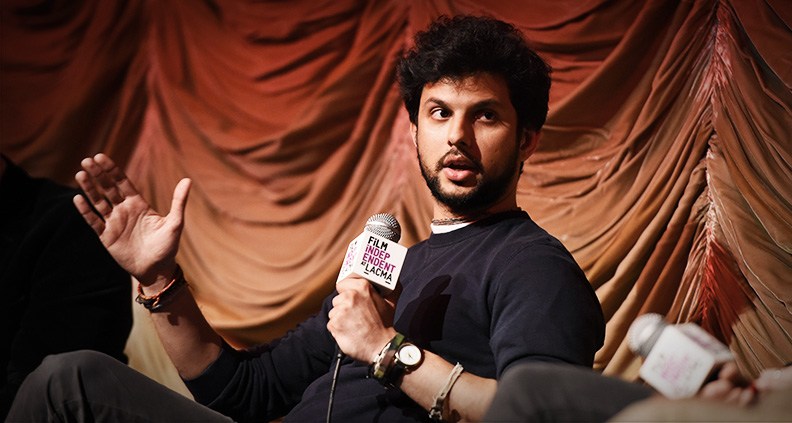
Said first-time filmmaker Abbasi, “Dayveon is about a young boy who just recently lost his older brother to gang violence. He’s mourning, but also he slowly gets initiated into a gang himself.” Abbasi said he thinks of the film as a portrait.
“I wanted to use a medium-format aspect ratio to photograph this film because we don’t see the larger city. We don’t see cops, we don’t see Caucasian people.”
But music was Abbasi’s first love. “I would often just sit at the piano at the scripting stage. There’s always this moment, the symbiosis between sound, story and image.” This resulted, Abbasi said, in writing a few pieces of music during the scripting stage and playing rough sketches of the score on set. “I would use [the music] during rehearsal as well as production, so the emotional perspective would always be present for our actors or our production,” he said.
Asensio—writer, director and lead of the chilling Most Beautiful Island—described her film as “the story of a woman who is an immigrant in New York City” who is offered an opportunity that leads her down a dark path. “The film is kind of like the horrors of what it is to be vulnerable and where that can take you, the decisions that you make that sometimes you are forced to make, in a way, because you don’t have that many options.”
Asensio felt vulnerable upon first moving to New York City. But she was determined not to give up. “I barely spoke English and I couldn’t understand when people were talking to me, and there was a time I was illegal,” she said, describing the long wait for a piece of immigration paperwork. “Eventually it arrived, but I was running on my savings and I felt extremely vulnerable,” she recalled. But out of those difficult times, a compelling narrative was born.
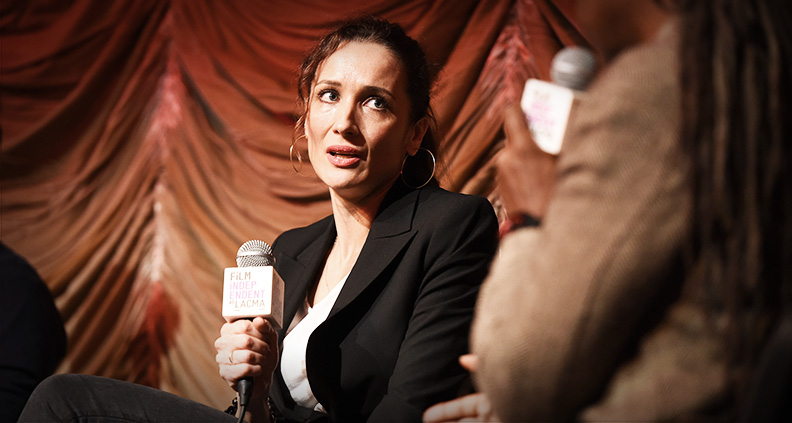
Now—let’s talk budget. O’Shea led The Transfiguration’s financing journey with a proof of concept, a script and a “cool” look book. “We went off that for, like, a year and a half and got nothing but no’s,” he said. “And then we got a yes!” Two people put in $250,000 each. One investor flopped, however, so the first $250,000 went up to $350,000 and another party added $50,000 of their own money. O’Shea mentioned that he and his partner took out their own salaries and ultimately, the film’s budget was a grand total of $400,000.
Esparaza’s budget for Life and Nothing More was between $470,000-$480,000, with production costing $300,000 and the remainder set aside for post-production. “I live in Florida now, where I teach and actually made the film. So the university gave me some resources,” he said adding: “I think for me the problem is always trying to make a film with nonprofessional actors”—not necessarily because of the performers’ skill level, but because non-pro’s don’t provide any market value.
“There was a moment in time where I put together an investor packet and shopped it around Little Rock,” said the Arkansas-based Abbasi. He was looking for $150,000-$180,000 from investors, but couldn’t find the funding. “I honestly think because [of] me being a person of color, as well as the story featuring people of color and then them not being actors. That’s kind of a big mess for an investor,” the filmmaker lamented.
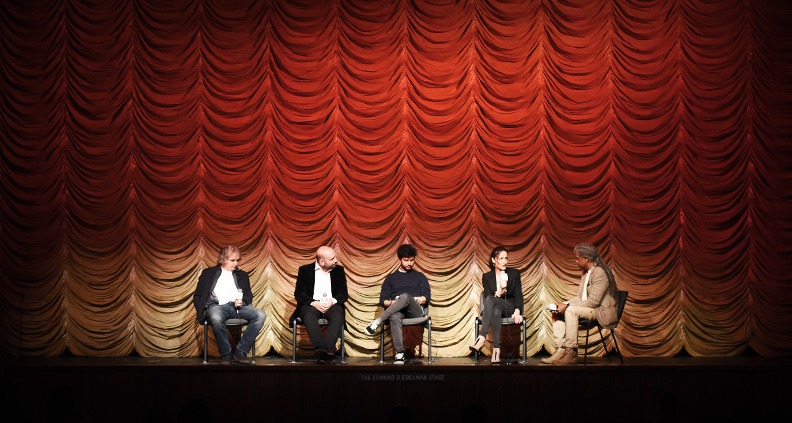
So Abbasi resorted to using his own money while creating a Kickstarter page to build a community around the movie. “Then we were able to draw in investors on the post end because we actually had something to show and people that could trust me,” he said. “So the budget then grew to a little under $250,000 in total.”
Most Beautiful Island’s total budget was $200,000. The undertaking was particularly challenging for Asensio, as she had never directed before and didn’t even know how to write a script. “It took me many, many years, and that’s why my characters are much older than your characters,” she said while looking at the panelists, adding: “I am not a child!”
“I looked for locations on my own, I asked for favors, I presented the package—I had to learn how to present this business package,” Asensio emphasized. At the time she thought, “Look, this is my bank account. I’m putting everything I have into this film, and that is my commitment that I will not give up till this film is good, or at least the best I can make this film.”
So there you go: a perfect example of the sheer dedication to the craft of filmmaking that often leads to great successes. A fact embodied by each of the nominees and their wonderful films.
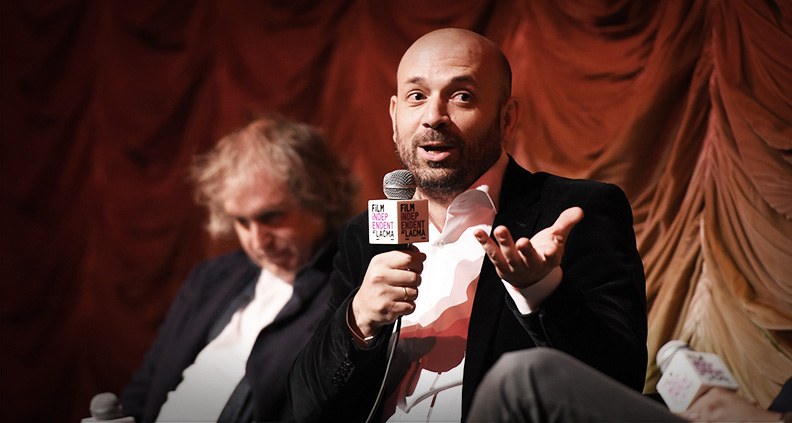
For more information about the films discussed in this article, please check out the following links!
To learn more about upcoming Film Independent at LACMA events, click here. Not a Member of Film Independent yet? Become one today.
Film Independent at LACMA is sponsored by Premier Sponsor Audi, Principal Sponsor SHOWTIME®, Promotional Sponsor KCRW, and Official Photographer WireImage.